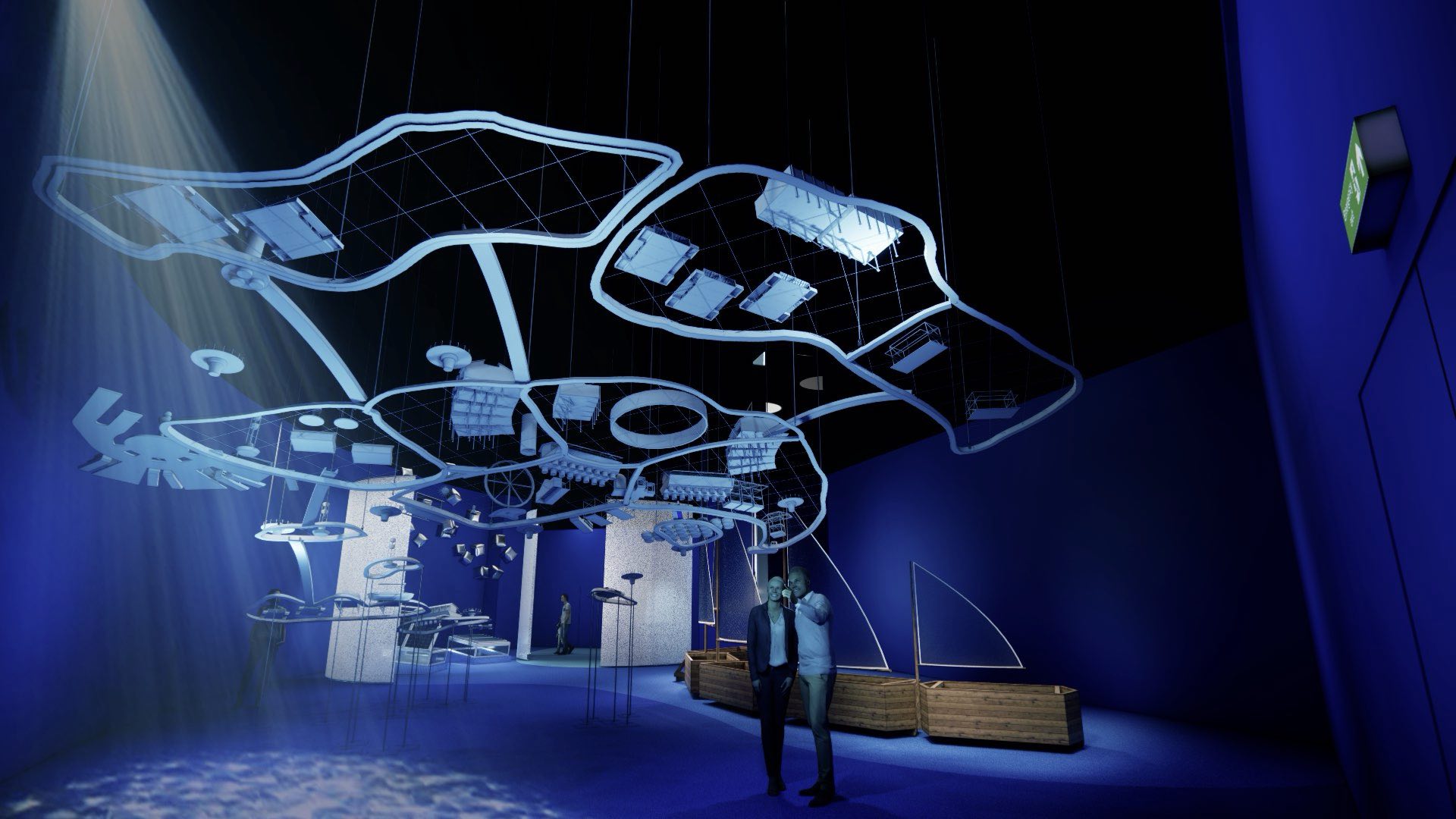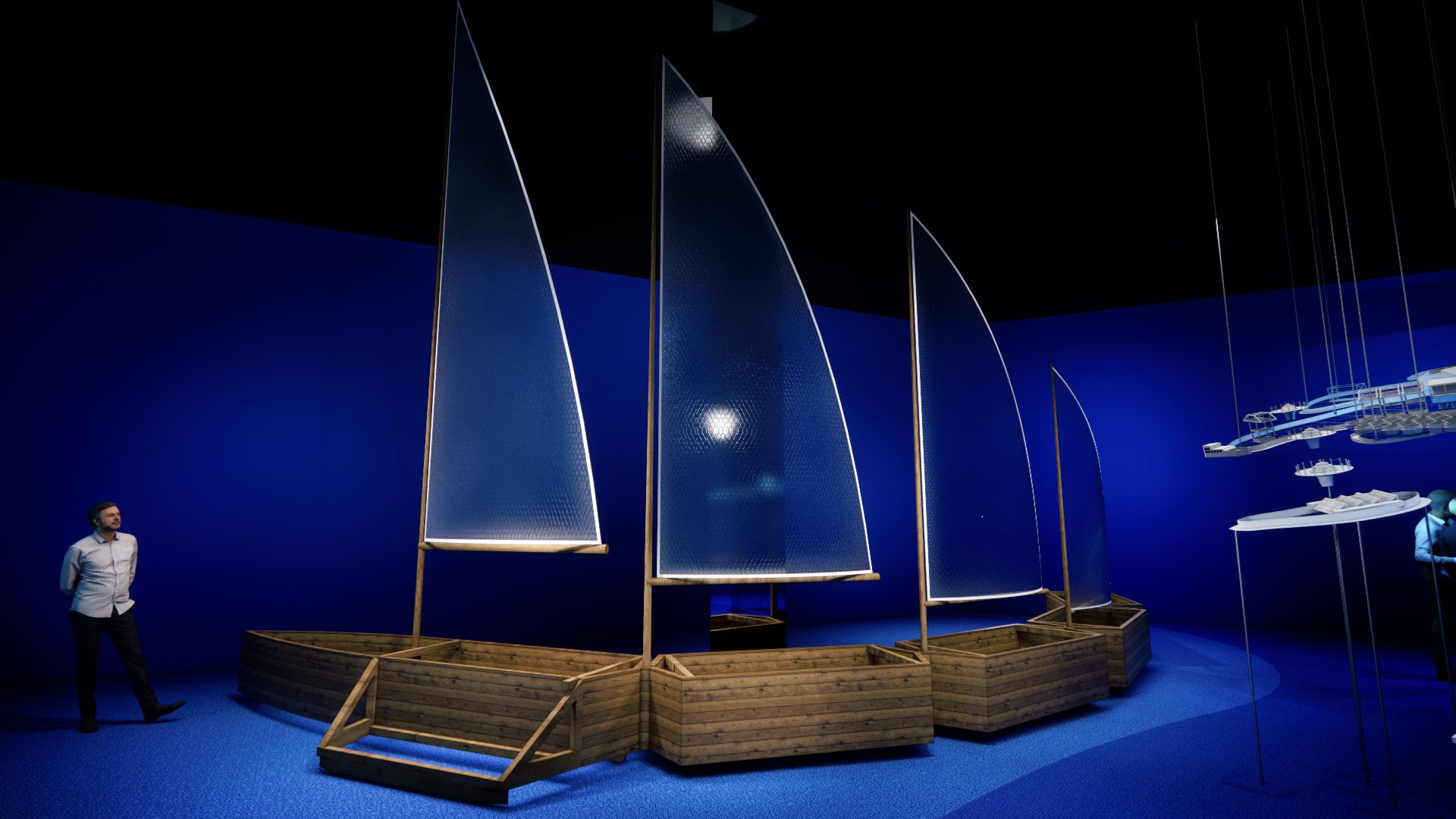
Sometimes it seems it’s all doom and gloom when it comes to climate change: warmer temperatures, rising sea levels, declining biodiversity, more intense storms, just to name a few.
What if humanity adapted to these environmental changes?
While it’s not exactly a case of “if you can’t beat ’em, join ’em”, our ability to adapt could mean hope for a thriving world.
For a glimpse of what the future could look like, head to Cesar Jung-Harada: An Ocean City Imagined at ArtScience Museum. Running from Sep 21 to Oct 27, the exhibition presents life-sized models of groundbreaking technologies that harness the power of the world’s oceans, offering renewable and sustainable solutions to the climate crisis.

It brings together a decade of research and innovation by inaugural ArtScientist-in-Residence, Cesar Jung-Harada – a Singapore-based French-Japanese designer, environmentalist, educator and entrepreneur. Jung-Harada’s practice is deeply rooted in ocean research and collaboration with coastal communities, as he works towards a sustainable design future that harmonises nature, cultural history, and technology. His diverse projects range from piloting wind-powered robots which aided the clean-up of the Deepwater Horizon oil spill in the Gulf of Mexico, to researching biodiversity impacts of radioactive leaks in Fukushima.

Dive into a floating ocean city of the future which manifests as large-scale installations anchored by International Ocean Station – a bold speculative blueprint of a floating city based off Singapore and its surrounding geography.
Inspired by the International Space Station, this future city features a network of habitable floating scientific research and development centres, designed to foster international collaboration on ocean-powered solutions. As sea levels rise dramatically, this innovative city would also provide housing for communities displaced by climate change, supporting their daily needs.
Visitors can navigate through the floating installation, viewing the essential infrastructure as seen from both above and below the surface.
The International Ocean Station is accompanied by two other crucial elements of this future ocean city: Ocean Solar Hydrogen, which serves as a clean energy generator that may power future ocean cities, and Ocean Train, an inventive mode of sea transport.
The exhibition will be complemented by a slate of programmes featuring conversations, storytelling sessions and hands-on activities which allow visitors to engage further with Jung- Harada and reflect on a hopeful future that can be achieved through the creative integration of art, science, design, engineering, ecological research, and entrepreneurship.
Cesar Jung-Harada: An Ocean City Imagined runs from Sep 21 to Oct 27 at ArtScience Museum. Admission is free. It is a part of the museum’s Ocean Tech Week, which explores the future of oceans and sets the course for a sustainable and thriving world. Visitors can look forward to discovering groundbreaking ocean innovation and conservation through a variety of offerings including film programmes, talks, and workshops. For more information, visit here.
All photos courtesy of Marina Bay Sands.





